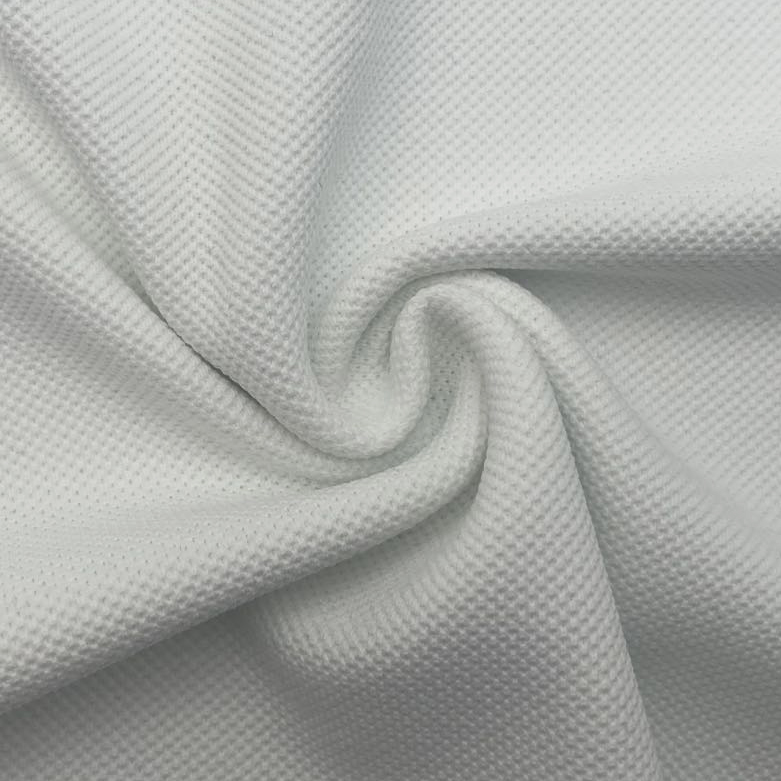The creation of
polyester fabric is similar to the development of cotton. Both materials are manufactured in power-sucking factories and go through multiple chemical processes before they are eventually shipped around the world. The only difference is the source of the polyester fibers. Interestingly, both plastics and cotton can be made from recycled plastic bottles. That way, both fabrics are made of renewable resources. In addition to being recycled, polyester can also be made from used oil or gas.
Polyester is manufactured from oil and is one of the most common synthetic fabrics on the market. Over 70 billion barrels of oil are used every year to produce polyester. It is estimated that about 1,900 fibers from synthetic clothing wash off with each wash, making it one of the biggest microplastic polluters in the oceans. The United States, Japan, and China are the largest producers of polyester, but other countries have their own manufacturing processes and techniques for making the fabric.
The production of polyester uses over 70 billion barrels of oil a year. In addition, synthetic-based clothing is one of the most prominent sources of microplastics in the ocean, and each wash releases as much as 1,900 fibers into the water. This is a huge problem that requires greater awareness among consumers. The United States, Japan, and China are the top four producers of polyester. To be more efficient, manufacturers are developing new methods to create more sustainable fabrics.
Another great advantage of polyester is that it protects the body from the sun's UV rays. However, you should not wear clothing made of polyester under the influence of sunlight. Despite this, it is still a great choice for clothing for your home. It is also easy to clean and maintain. It is highly stain- and wrinkle-resistant, and does not absorb any liquids. Therefore, many parents prefer to buy polyester-based products for their children.
In addition to reducing microplastics, polyester also reduces the need to use oil to create this fabric. The production of polyester involves the refinement of petroleum, which is a limited resource. This means that it is also an environmental hazard. Further, the production of polyester adds up to the cost of plastics in general. It is a popular choice because of its low cost and high quality. It is light, inexpensive, and durable, and is also durable.
While polyester is a cheap, durable, and easy-to-care fabric, it is still an important material for fashion and home decoration. It is used to make clothing that can last a long time, and is an important part of the textile industry. Moreover, it is a great option for high-end homemakers. With its incredibly low cost, polyester is becoming the preferred fabric in many households. Regardless of its popularity, polyester fabric has a long history of evolution.
The manufacturing process of polyester fabric differs from one type to the next. The various forms of the finished fabric are produced using different methods. Depending on the end use, the polyester can take on different forms. Some forms include filament, staple, and tow. Its voluminous form is called fiberfill. If the polyester is not suitable for your needs, it can be blended with other fabrics, including cotton and wool. A blend of cotton and polyester is a great option for any home.
The polyester fibers used in the fabric industry vary in their thickness and strength. These fabrics are more durable and more wrinkle-resistant than cotton. They are also highly resistant to sunlight and other factors that affect the environment. The main disadvantage of using polyester is that it is not breathable. There are many other types of polyester fabric, and these are outlined below. There are different types of polyester and their advantages and disadvantages. The primary disadvantages are outlined below.
The benefits of polyester are many. It is resistant to oil and moisture. It can be used to make waterproof clothes. Furthermore, polyester fabric resists shrinking. Its texture allows for a more natural appearance. This makes it ideal for making clothing for children. You can also choose a blend that is pre-shrunk. It's easy to dye and maintain a good shape. It's also nonallergenic and doesn't smell like a lot of chemicals.

